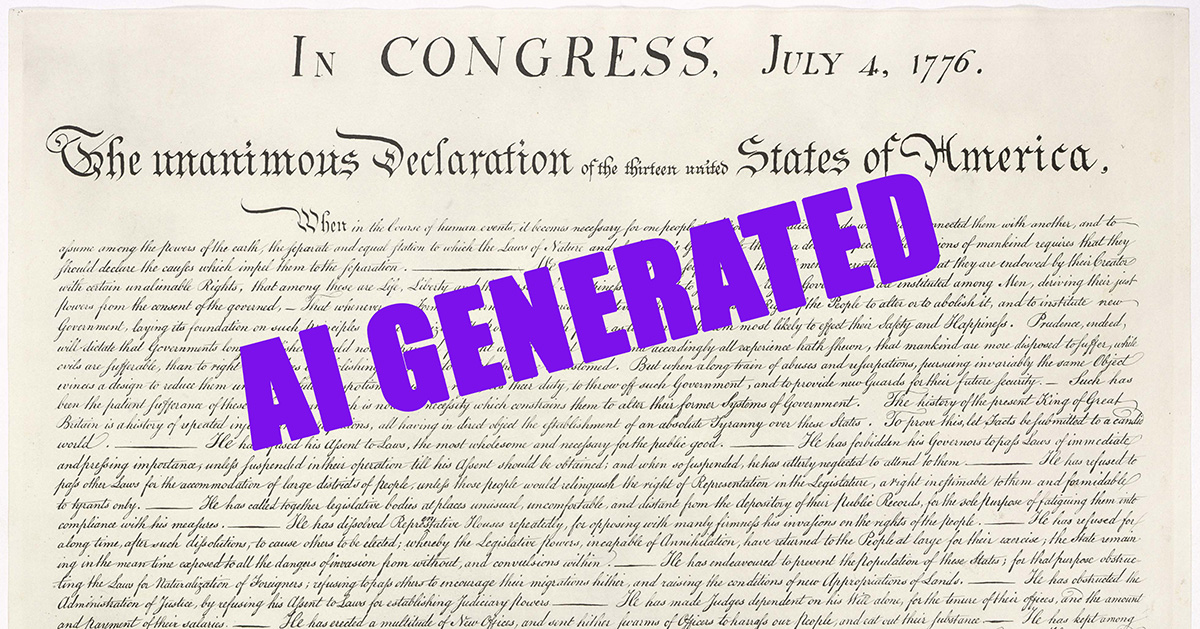- The AI Intelligence
- Posts
- Deepfakes: Detecting Digital Deception
Deepfakes: Detecting Digital Deception
The AI newsletter for the rest of us!


Have you encountered a video recently that didn't quite look or feel right or that you knew couldn't possibly be real? You may have been looking at a deepfake, a process where individuals' images and voices are used to create digital clones that do and say things the real individual never did or said.
In this issue of The AI Intelligence, we take a look at deepfakes, how they can be used as powerful deception tools, and how we might guard against being manipulated by them.
Be sure to check out the tool collection in this week's AI Toolbox for help with your tasks, and I hope you find useful resources and information in the How-To and News sections.
Happy discovery, I’m glad you're here!
Clodagh

Spotlight: Navigating Deepfakes
Toolbox: ChatGPT’s personal assistant and a treasure trove of AI tools and resources
Real or AI?: Apply your AI sleuthing skills to guess which image is real!
How To: Use ChatGPT to fix technical issues, prompt like a pro, or learn AI from the ground up
AI News: Agents, Alzheimer's and wildlife detection, reality manipulation, the first peer-reviewed AI publication, teaching ChatGPT mindfulness to soothe its anxiety, and more…

Spotlight: Deepfakes
While we’re talking fakes, see the article below for some thoughts on AI text detectors…


Can you guess which of the images below is a real scene and which was created by AI?
(check your answer at the bottom of the newsletter)
 A |  B |


Answer to “Is It Real or Is It AI”
A was the real image. Did you guess it?
Real Image by Dax Dexter Delada: https://www.pexels.com/photo/couple-relaxing-in-scenic-davao-grassland-31090348/, AI image generated with Midjourney.




















